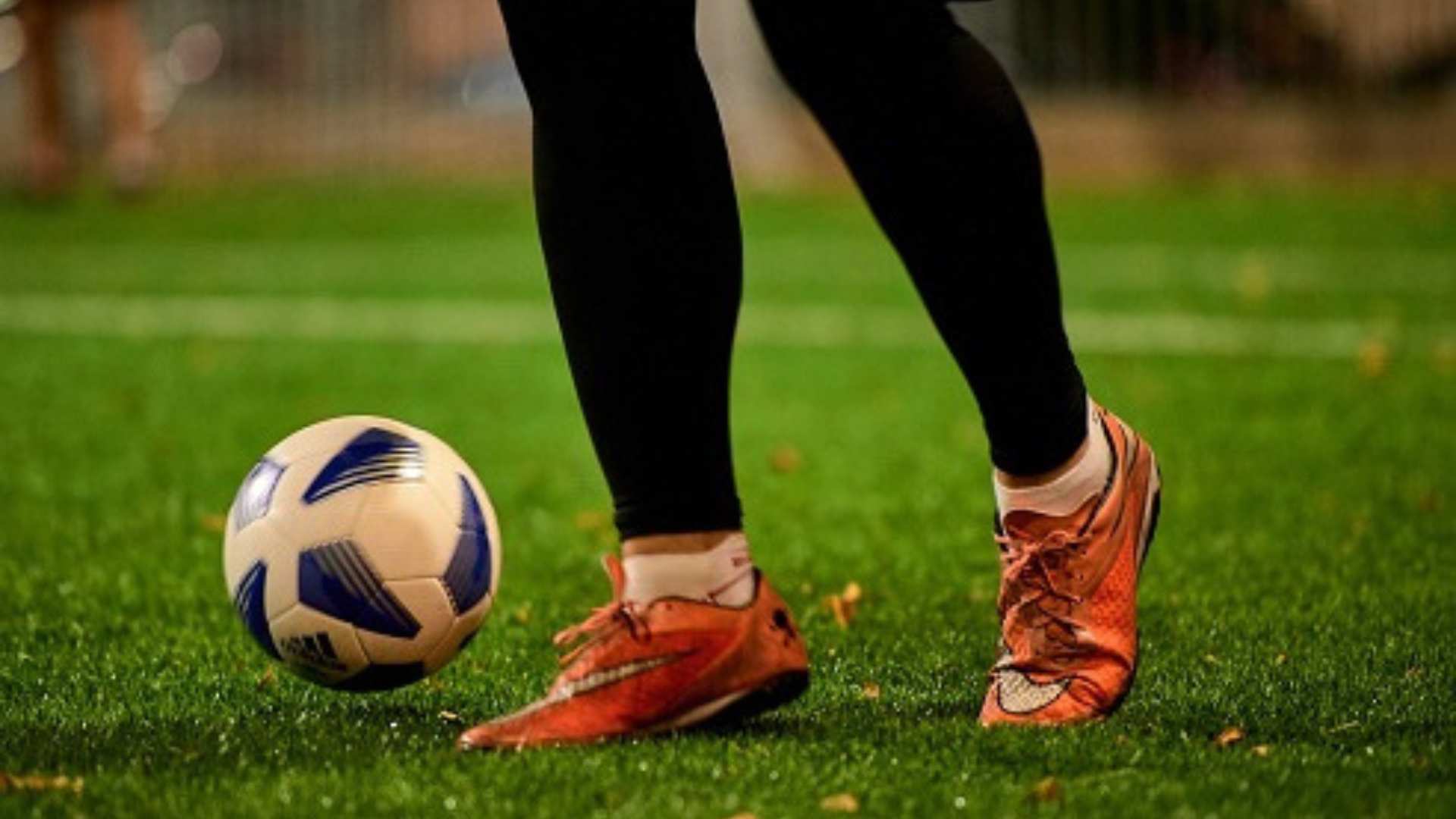Known for its intensity and speed, soccer requires excellent coordination, agility, and physical strength. However, this sport also demands optimal foot health, as these are the main point of contact with the ball and the playing surface. One of the most exciting and least discussed characteristics within the biomechanics of the foot in this sport is the pronated footprint.
As you delve into soccer, you understand the complexity behind the 90-minute spectacle.
Players must run, jump, turn, and change direction rapidly during matches, putting considerable stress on their feet and ankles.
This excessive physical demand usually causes a series of injuries that are generally associated with treading.
This article will provide a comprehensive view of the analysis of podiatry in soccer and its importance in detecting and preventing pronator footfall.
Understanding this condition and its proper approach can significantly improve soccer players’ performance and health, allowing them to enjoy a more successful sports career.
What is pronation?
Definition of the pronator footprint
When you run or walk, your feet are crucial in absorbing the force of impact.
The pronator footprint is a term used in podiatry to describe a type of footprint in which the foot tends to lean in or pronate during the gait cycle.
This condition can have implications for the performance and health of soccer players.
In the case of pronation, when the footfalls, walking, jogging, or running, it tilts inwards, dispersing the impact.
In some players, this learning process is more pronounced and is known as a pronated footstep.
The pronator footstep in soccer
The importance of footsteps in sport
In soccer, it is essential to have a solid and stable base when running, jumping, changing direction, and making sudden movements.
Since it is, a sport played primarily while standing, how a player steps can significantly impact their performance and susceptibility to injury.
Excessive pronation affects the alignment of the legs and feet, which can lead to imbalances and cause pain in the feet, knees, hips, and back.
In addition, it can increase the risk of injuries, such as ankle sprains, tendinitis, and overload in the inner area of the foot.
Pronation and performance in soccer
If the gait is not corrected, it can alter the biomechanics of a soccer player, affecting their efficiency on the field.
For example, it can interfere with a player’s ability to change direction quickly, a crucial element in soccer.
Additionally, pronation can increase the chance of foot and leg injuries, leading to extended periods off the field.
The podiatric solution for the pronator footprint
Analysis and diagnosis
A podiatrist performs a detailed analysis to identify if a player has a pronator footstep.
This involves examining the wear of the player’s footwear and conducting a biomechanical assessment of the footprint.
Sometimes, 3D scanning technology is used to obtain an accurate foot image.
Treatment and Prevention
Once the pronator footprint is identified, different treatment and prevention approaches can be applied to minimize its adverse effects.
These may include:
Proper Footwear: Wear shoes designed to correct excessive pronation, such as those with arch supports and motion control.
Orthopedic insoles: Customized insoles can support the plantar arch and correct pronation during sports activity.
Muscle strengthening: Performing specific exercises to strengthen the feet, ankles, and leg muscles can help improve stability and reduce excessive pronation.
Stretching: Regular stretching exercises, especially for the calf muscles and plantar fascia, can help maintain flexibility and prevent pronation-related injuries.
It is important to note that each soccer player is unique, and the treatment and prevention of pronator tread must be adapted to each person’s needs.
Therefore, it is advisable to seek the guidance of a podiatrist specializing in gait analysis and sports injury treatment to obtain an accurate diagnosis and appropriate treatment plan.
Frequently asked questions about pronator treading.
Is the pronator footstep consistently foul in soccer?
Not necessarily. All feet pronate to a certain degree to absorb the shock of walking or running. However, excessive pronation can lead to performance problems and injuries if not managed properly.
How can I know if I am pronating without going to a podiatrist?
One way to check is to look at the wear on your shoes. You may be pronating if the inside of your shoes is more worn than the outside. However, the best way to confirm it is by consulting a podiatrist.
Can the pronator tread in adults be corrected?
Yes, it can be handled effectively. Although pronation is a biomechanical feature that usually develops in childhood, adults can wear orthotics and perform specific exercises to improve foot function and reduce the consequences of pronation.
Can soccer shoes correct pronation?
Soccer shoes cannot “correct” pronation independently, but the correct shoes, combined with custom orthotics, can help manage excessive pronation and improve comfort and performance.
How can I prevent injuries if I am a pronating soccer player?
In addition to using custom orthotics, doing strength and stability training for your foot and leg muscles is essential. Maintain a regular stretching program and make sure you wear the right shoes.
Conclusion
It is vital to remember that although pronging can be challenging, proper analysis and timely intervention can overcome this obstacle.
Today’s professional soccer teams are not limited to physical therapy and technical training; they also take into account aspects such as podiatry to guarantee the well-being and performance of their players.
Despite being a common problem, a pronator footprint can be challenging to detect with the naked eye. Still, with the help of a podiatrist specialist, it can be identified and treated.
Pronation should not be seen as a handicap but as one factor in the broad spectrum of physical considerations that can affect a footballer’s performance.
Shoe customization and strategic podiatric intervention are crucial to adapting to this footfall variation and ensuring optimal pitch performance.
Understanding and addressing the overstrike is crucial to keeping soccer players at their best.
The most successful soccer teams consider all the variables that affect the performance of their players, including their biomechanics and, in particular, their footprint.
If your passion is soccer, download CeleBreak.
With CeleBreak, you can play soccer whenever and how you want.
The App is available for iOS and Android operating systems, and signing up is easy.
CeleBreak organizes friendly matches at different times and without the need to know someone to play with.
You can choose your favorite modality, women’s or men’s soccer or the fun mixed soccer.
Also, it is possible to join the games individually or with friends.
Download the App and join the growing community of CeleBreak soccer players and lovers!



